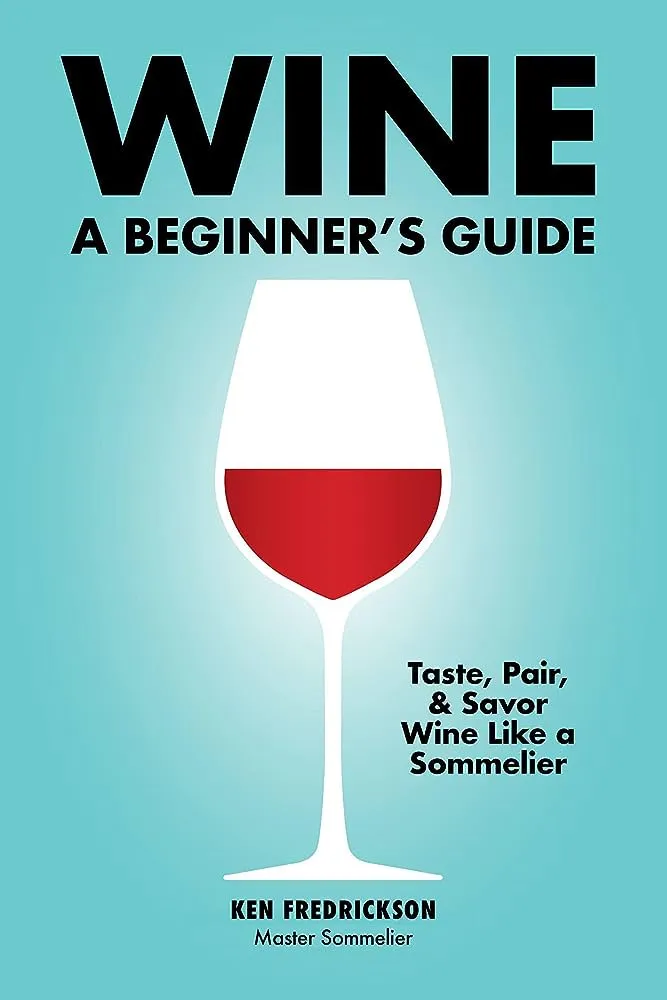Are you new to wine tasting, pairing, and appreciation? Whether you’re a first-time drinker wanting to learn more about this popular beverage or an expert looking for tips on truly appreciating each vintage, this article is the perfect place to start.
From exploring different types of wines and how they can be paired with food to discovering techniques to help you better understand and savor your favorite beverages – Wine 101 offers everything a budding oenophile needs to hone their expertise. So if you’re ready to take your knowledge of wine further than ever before and explore the flavors it has in store for you, let’s get started.
Table of Contents
Understanding the Different Wine Varieties and Flavors
For centuries, wine has been a beloved beverage with countless varieties and flavors to discover and enjoy. Understanding the differences between these varieties and flavors can be daunting for novice wine enthusiasts, but with some knowledge and practice, anyone can become a wine connoisseur. The wide array of wine varieties and flavors reflect the unique regions and climates in which they are produced, each with distinct characteristics.
From the full-bodied richness of a Cabernet Sauvignon to the crisp acidity of a Sauvignon Blanc, exploring different wine varieties and flavors is a journey of the senses that can be intellectually and emotionally rewarding. So let us embark on this journey together and discover the diverse world of wine. The world’s finest wines can be delivered to your doorstep with a premium wine club subscription.
The Basics of Tasting Wine
Tasting wine can seem intimidating, but with a few simple steps and the right tools, anyone can learn to recognize and appreciate the many flavors in a bottle. Start by pouring a small amount of wine into your glass – about one or two ounces should do. Swirl the wine around gently and observe its color, clarity, and aroma for a few moments. As you do this, take note of the flavors that come through – like dark fruits, floral notes, or hints of oak.
Next, take a sip and let the wine linger in your mouth for a few seconds before swallowing it. Again, observe the flavors and any sensations on your tongue or palate. To truly appreciate wine and understand its complexities, practice these steps with different types and varieties.
Tips for Pairing Food with Wine
Experimenting with food and wine pairings can be a fun way to discover new combinations that enhance both flavors. Start by considering each dish’s body, sweetness, acidity, tannins, and flavor intensity. Consider if it’s light or rich in flavor, as well as its texture – is it creamy or crunchy? Then, find a wine that complements the flavors of the dish. For example, if you have a rich beef stew, pair it with a big red zinfandel or cabernet sauvignon.
On the other hand, if you’re having something light and refreshing like a salad, choose a lighter white wine such as chardonnay or Sauvignon Blanc. Lastly, feel free to experiment with different wines and dishes – you never know what delicious combinations you may uncover.
A Guide to Buying Wine
Now that you’ve mastered the basics of tasting and pairing wine, it’s time to explore how to select the best bottles for your needs. It can be helpful to consider your budget and the occasion – are you looking for a bottle for a special dinner or just something casual? Knowing what types of wines you like will also help narrow your selection.
When it comes to purchasing wine, there are numerous options available. From local stores to online retailers and subscription boxes, you can find varieties worldwide. Many companies offer discounts and special deals, so research your options before purchasing.
Exploring Different Types of Glassware for Serving Wine
Just as pairing the right wine with your meal is essential, so is serving it in the proper glassware. Different types of glasses can affect how the flavor and aroma of a wine come through, so selecting the appropriate one for each vintage can help you experience its full potential.
For instance, red wines require larger glasses that allow more oxygen to the wine and help bring out bolder flavors. Whites, however, are typically served in smaller glasses to preserve their delicate aromas. Additionally, there are a variety of specialty glasses designed for champagne and sparkling wines that give you an enhanced experience with each sip.
Developing a Palate for Appreciating Different Wines
Developing a palate for appreciating different wines takes time and practice. To become a true wine connoisseur, it is vital to learn about the intricacies of each vintage and how they are affected by their environment and production methods. This knowledge can help you better understand why some wines taste differently than others and further develop your appreciation for this beloved beverage.
Understanding the basics of food pairing and proper glassware can help you get the most out of each bottle. Additionally, attending special tastings and educational seminars can allow you to learn more about the world of wine. Your palate will soon become as refined as any sommelier with practice and exploration.
Conclusion
From exploring the different varieties and flavors of wine to mastering the basics of tasting and pairing, Wine 101 has provided an introduction to learning and enjoying this beloved beverage. With practice and dedication, anyone can become an accomplished oenophile and discover all wine offers. So grab your favorite bottle, pour yourself a glass, and begin your journey into the beautiful world of wine.








